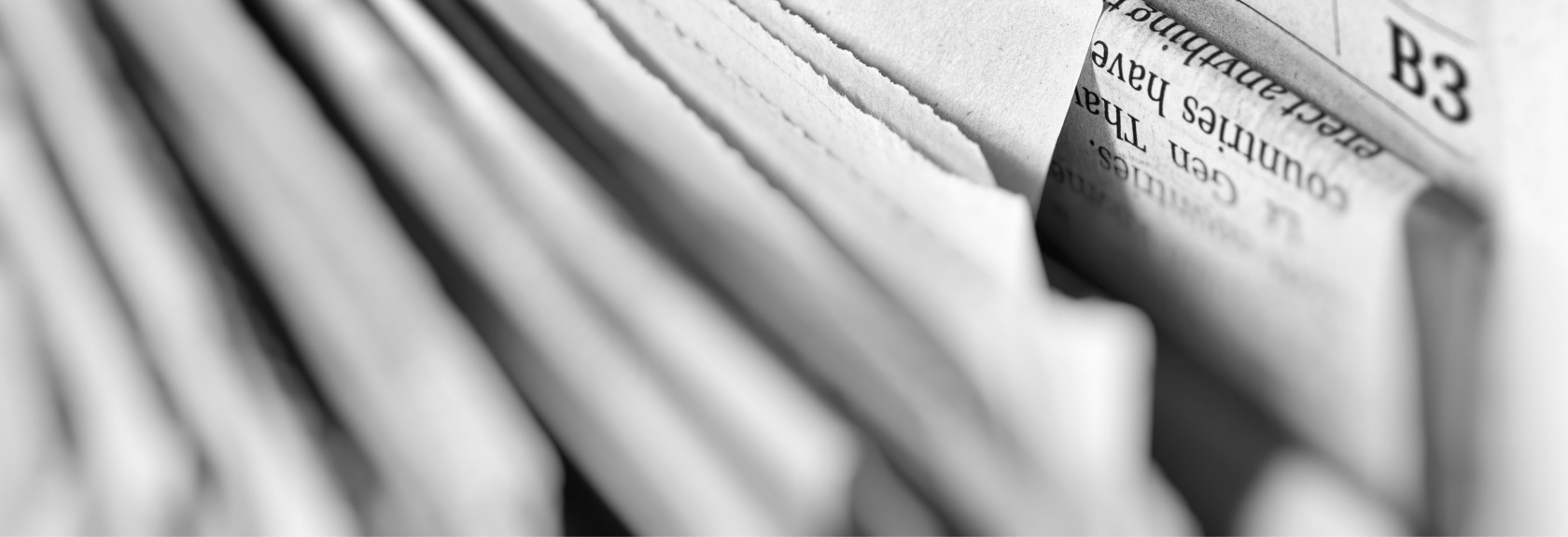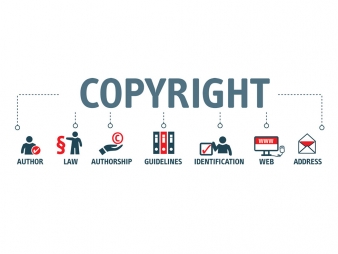The United States Constitution provides that Congress shall have the power to secure to authors the exclusive right to their writings for limited times.
The theory behind the copyright clause is that authors will be more likely to create works (thereby benefitting society as a whole) if they are granted the exclusive right to financially exploit those works for some period of time. After that period of exclusive protection ends, the works then enter the “public domain”—a phrase used to describe works which the public at large has the right to reproduce and exploit.
In addition to works for which the copyright has expired, authors who are so inclined may dedicate their works to the public domain, giving up the exclusive right to financially exploit a work before the period of exclusivity would otherwise end. Many members of the public treat images that have been posted on the internet as if they have been dedicated to the public domain by the authors. While that might be the case in some instances, the mere posting of an image to the internet does not indicate that it has been dedicated to the public domain or prevent the author from suing for copyright infringement. Unless the author has expressly indicated an intent to put the work into the public domain, such an intent will not be implied merely because the work was posted online—even if the work was posted without a copyright notice. (While the Copyright Act used to require that a copyright notice had to be included on a work published to the public in order to preserve the author’s rights, that is no longer the case.) Further, given the ease of scanning, photographing, or otherwise copying works and posting them online, many works subject to copyright are put online by someone other than the copyright owner, in violation of the owner’s rights.
If the public can’t rely upon the posting of an image online to determine whether that image is in the public domain, how can that determination be made? As an initial matter, all works created before 1924 are now in the public domain. Beyond that, however, determining whether a work is in the public domain often involves a factually intense and complex inquiry based upon factors such as when the work was created, when it was first published, and whether registration of the copyright was sought within a particular timeframe. In all events it will require determining what individual or corporate entity is legally the author of a work—something that, as a practical matter, may be nearly impossible. For works created by an individual, it will generally also require determining when the author died. (Cornell University maintains a useful chart that can be used to determine when a work will enter the public domain at https://copyright.cornell.edu/publicdomain.)
There are also some websites that purport to maintain databases of images dedicated to the public domain. However, using these images does not necessarily eliminate the risks associated with copying images found online. Many such websites rely upon those uploading the images to truthfully represent that they are the authors of the images; they have no system in place to verify that is actually the case. Further, the Terms and Conditions of these websites often eliminate (or at least greatly restrict) the liability of the website operator for providing images that are not, in fact, in the public domain. In other words, if the author sues for copyright infringement, the website operators will not stand behind the representation that the images it provided were in the public domain and the person using the image downloaded from the site can still be held solely liable for the infringement.
What are the consequences of copying an image that isn’t in the public domain? If a work is registered prior to the alleged infringement, the author may elect statutory damages, which currently range from $750 to $30,000 per work. (For innocent infringement, this may be lowered to $200 per work. For willful infringement, it can be increased to $150,000 per work.) Further, regardless of whether the work was registered before the infringement began, the author may always elect to seek actual damages caused by the infringement. Actual damages can vary significantly depending upon the market for the author’s works and how the infringing party used the work.
Unless an individual or company is willing to invest the resources necessary to determine whether an image is in the public domain, the safest course of action is to assume that the image is not in the public domain and that copying the image may, therefore, subject the copyist to a lawsuit for copyright infringement. For those wanting to secure an image for use by a business, the better option is often to hire someone to create the image (and obtain an assignment or license) or to pay for an image from a commercial service that both represents that it has the right to license the image to others and that will indemnify the user if that is not the case.
For more information, or should you have any questions regarding the subject matter of this article, please contact Critchfield attorney Andrew P. Lycans.




